Trend Report: Ice Cold
Creating knitwear for arctic temperatures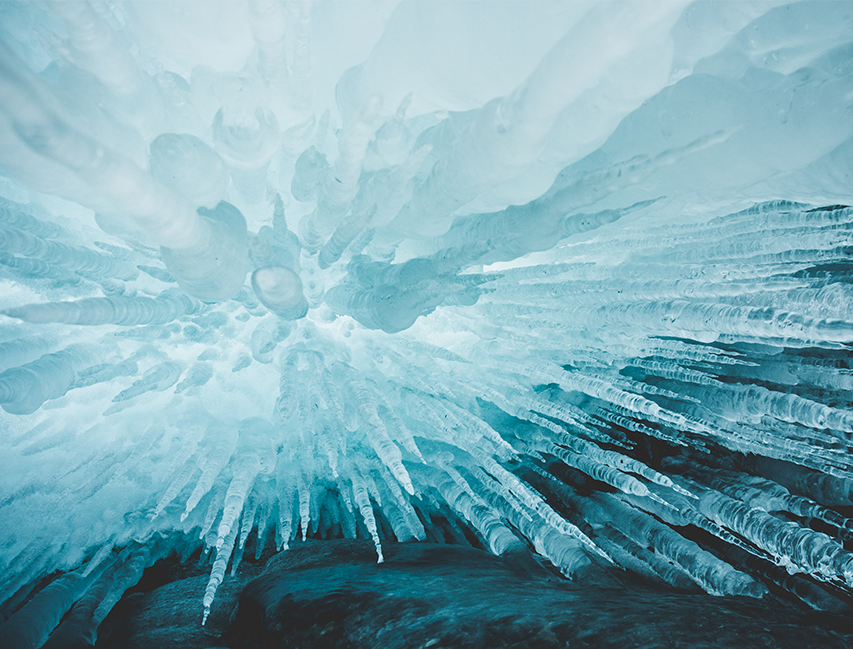
Trend Report: Ice Cold
The innovations by Santoni are explored in regular updates that examine new developments in stitch, yarn, fiber, engineering and technical knowledge for the circular knitting market.







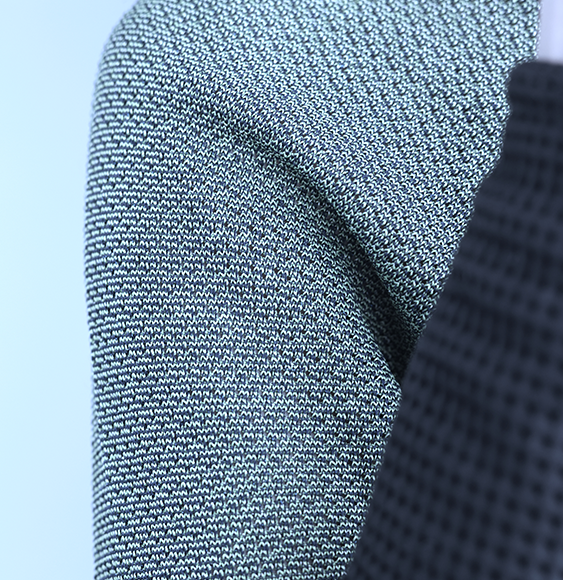
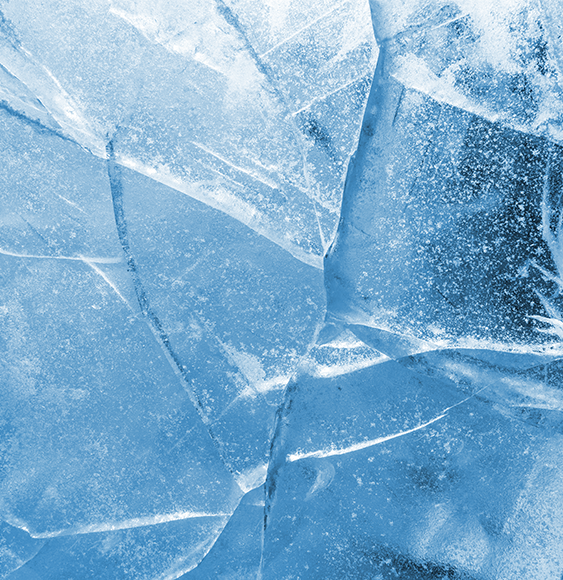
While the main discussions revolving around climate change focus on how hot the earth will become, an often overlooked fact is that it will also cause extreme swings in temperature, from very hot to very cold. As we try to explore ways the textile industry can help alleviate our carbon footprint and improve industrial practices to help slow the increase in temperature, it would be remiss to not focus our energies as well on clothing that will be able to insulate and protect those of us living in parts of the hemispheres where we will experience extreme cold.

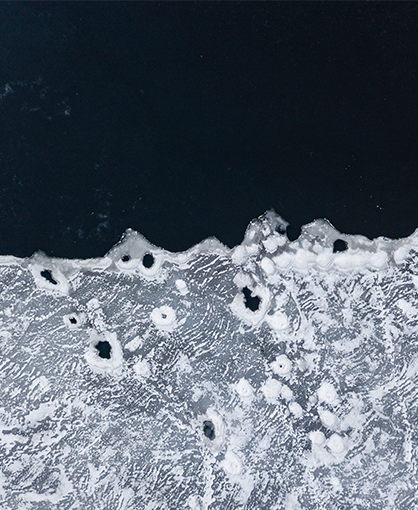



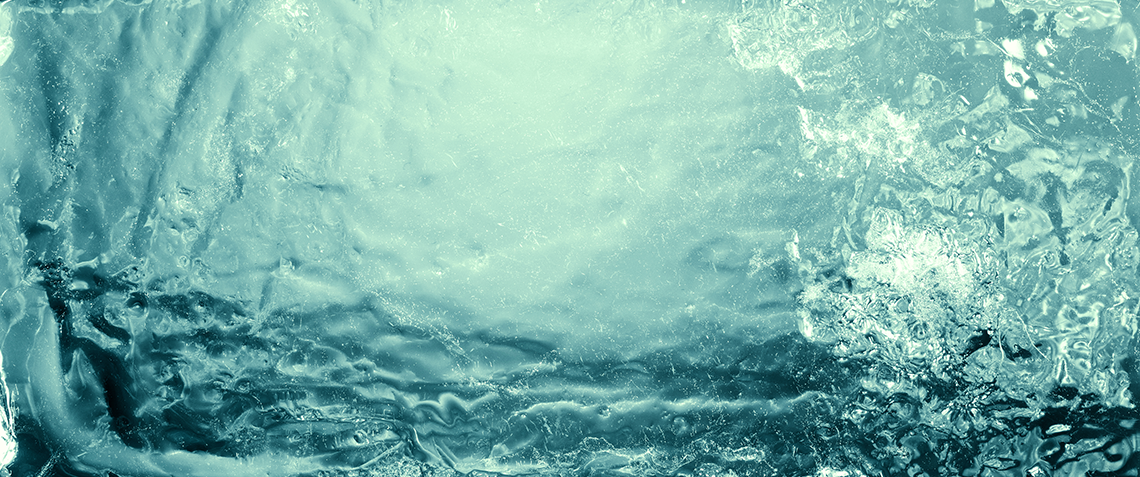
While the main discussions revolving around climate change focus on how hot the earth will become, an often overlooked fact is that it will also cause extreme swings in temperature, from very hot to very cold. As we try to explore ways the textile industry can help alleviate our carbon footprint and improve industrial practices to help slow the increase in temperature, it would be remiss to not focus our energies as well on clothing that will be able to insulate and protect those of us living in parts of the hemispheres where we will experience extreme cold.
-
Insulation - Layered warmth - Jacquard patterns - Thermal stitch - Organic structures
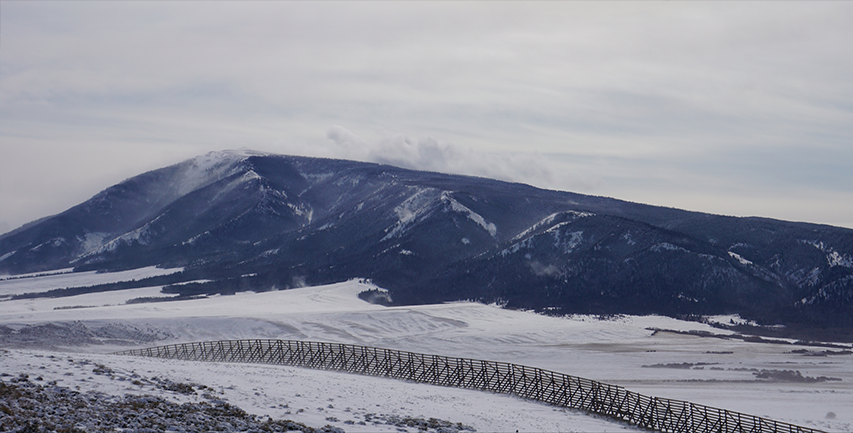
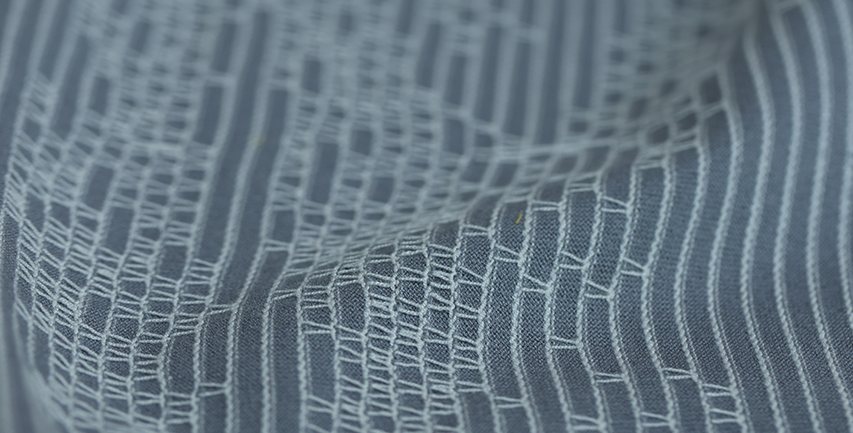
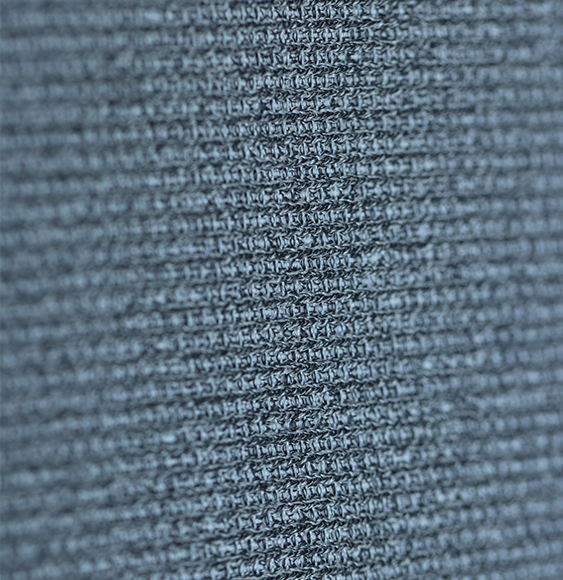
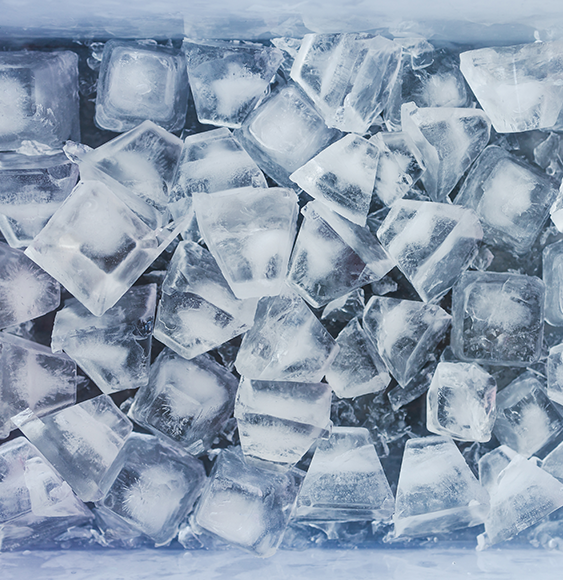
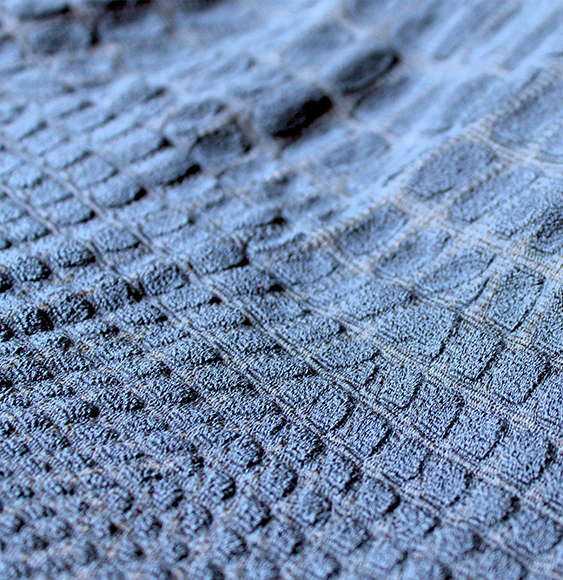
We look to the natural beauty found in ice flows for organic structures that mimic the cold curves, while spiky snowflakes direct thermal stitch patterns. Often the snow fences now erected to stop snow drift are made of simple plastic mesh sheeting, however we prefer the geometric rusticity found in the simple wooden fences that are still used to this day across some parts of the world to direct our winter jacquard and ski patterns.


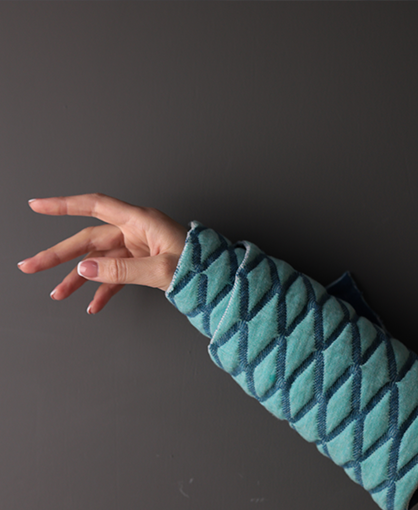
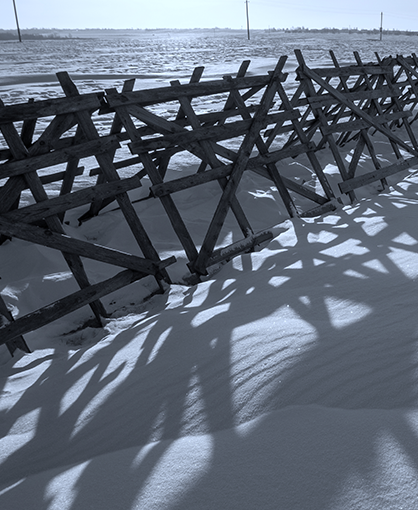
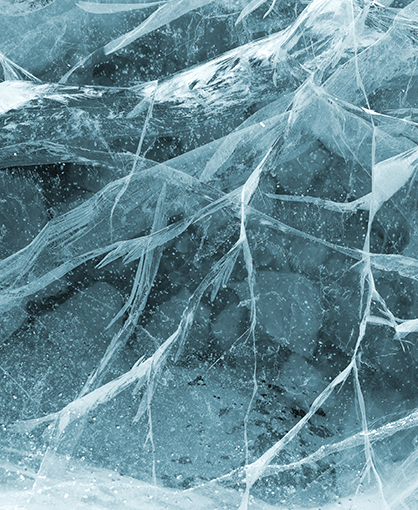
Contact us for our personalized consultancy services
